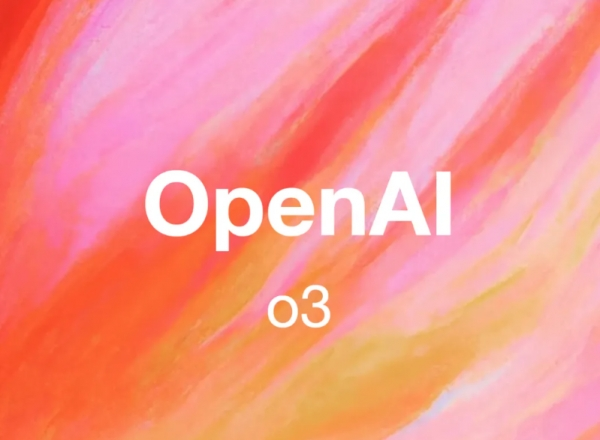
OpenAI, the developer behind the widely popular ChatGPT, has announced the launch of its latest artificial intelligence (AI) reasoning model, dubbed ‘o3’. This marks a significant step forward for the company as o3 is its first reasoning model equipped with the ability to not only process text but also to understand and analyze images.
Reasoning in AI refers to the capability of a model to solve problems by thinking through steps, much like a human, rather than simply retrieving information learned during training. OpenAI’s previous first-generation reasoning model, ‘o1’, released in September of last year, was limited to processing textual data.
The newly introduced o3 breaks this barrier by being able to interpret and analyze visual inputs such as pictures and diagrams. OpenAI highlighted the model’s versatility, stating, “Users can upload photos of handwritten sketches or content written on whiteboards, and o3 can interpret them, even if the image is blurry.” This advancement opens up a wide range of potential applications, from understanding visual notes in educational settings to analyzing complex diagrams in professional fields.
OpenAI further emphasized the sophistication of o3, claiming it to be their “most refined reasoning model to date.” According to the company, o3 has demonstrated superior performance compared to its predecessors in tests evaluating mathematical, coding, reasoning, scientific, and visual understanding capabilities. While specific benchmark details were not provided in the initial announcement, the claim suggests significant progress in the model’s cognitive abilities.
Alongside o3, OpenAI also introduced a smaller model named ‘o4 Mini’. Both o3 and o4 Mini are available starting today for ChatGPT Plus subscribers, indicating a tiered access strategy for their advanced AI models. OpenAI also plans to release ‘o3-Pro’, an even more powerful version of o3, exclusively for ChatGPT Pro users. This strategy allows OpenAI to cater to different user needs and potentially manage computational resources.
Sam Altman, CEO of OpenAI, noted the potential significance of these releases, stating that “o3 and o4 Mini could be the last standalone AI reasoning models before the launch of GPT-5.” This statement hints at the imminent arrival of GPT-5, which is expected to be a groundbreaking model potentially integrating both reasoning and non-reasoning capabilities into a unified architecture.
OpenAI has been actively pushing the boundaries of AI development, releasing a series of innovative models. Just last month, their ChatGPT-4o image generation model sparked a global “Ghibli craze” due to its ability to create images in the style of the renowned Japanese animation studio. These rapid advancements underscore OpenAI’s commitment to solidifying its position as a leader in the fiercely competitive AI landscape. The anticipated release of GPT-5, described as the first integrated reasoning and non-reasoning model, is expected to further solidify their technological lead and potentially revolutionize various applications of artificial intelligence.
The introduction of o3 marks a crucial step towards more versatile and human-like AI, capable of understanding and interacting with the world through multiple modalities. As OpenAI continues to innovate, the capabilities and applications of AI are expected to expand dramatically, impacting numerous aspects of society and industry. The AI community and users worldwide are eagerly awaiting further details on o3’s performance and the upcoming release of the highly anticipated GPT-5.
[Copyright (c) Global Economic Times. All Rights Reserved.]






























